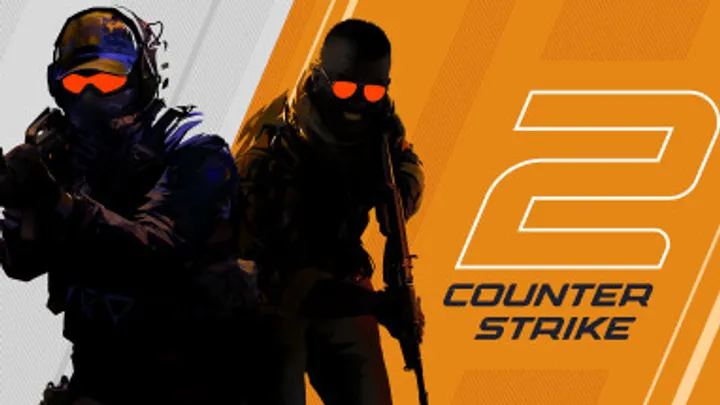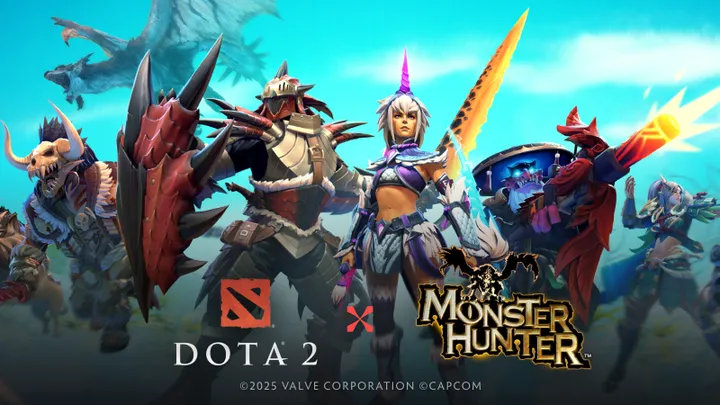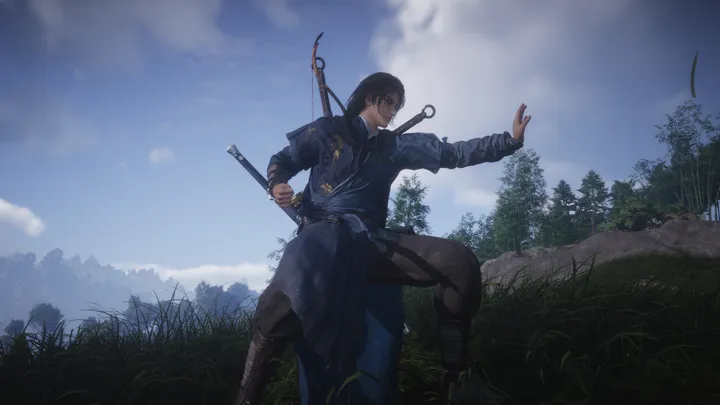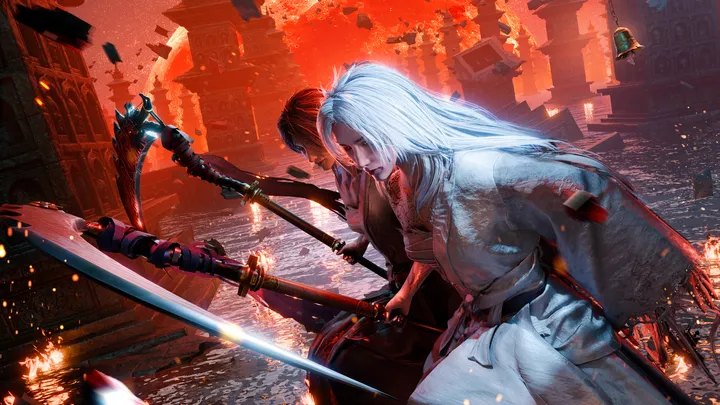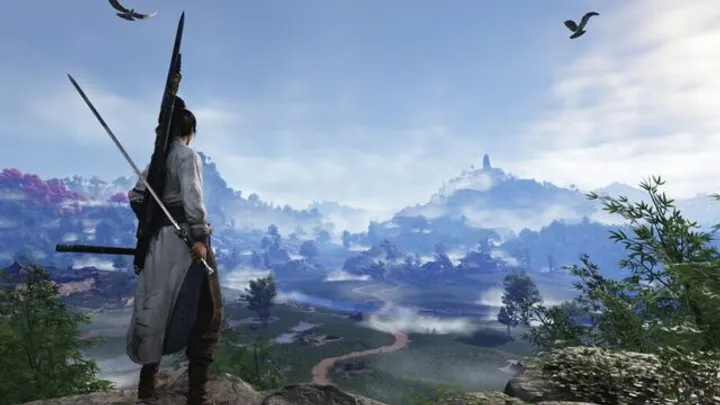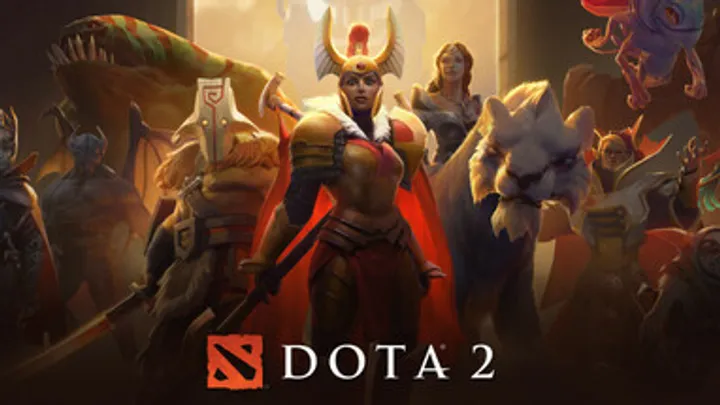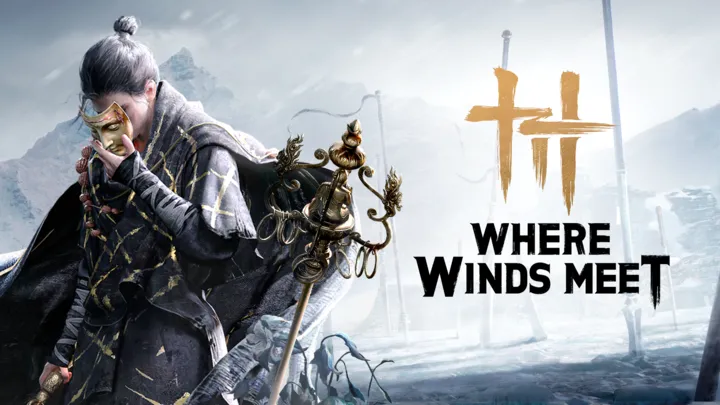Where Winds Meet is a game deeply rooted in the cultural and philosophical traditions of ancient China, yet its themes resonate universally. While it presents itself as an open-world wuxia experience, its underlying narrative and character arcs are built around a profound philosophical conflict: the duality between freedom and duty. These two forces shape the protagonist’s journey, influence the broader world’s political turmoil, and reflect the choices players must make as they navigate moral tensions, personal desires, and societal obligations.

Freedom, in the game, represents the boundless horizon of individual will—wandering through Jianghu, pursuing personal ideals, and shaping one’s own fate. Duty, on the other hand, roots the protagonist in the responsibilities inherited from culture, country, and community. The compelling beauty of Where Winds Meet is that it never positions these as simple opposites; instead, it treats them as two winds that collide, merge, and shape each other. This article will explore how the game constructs this philosophical duality and how players experience it through narrative structure, world-building, character relationships, and environmental symbolism.
1. The Call of the Horizon: Freedom as the Starting Point
Freedom is the first wind that touches the player at the beginning of Where Winds Meet. As the protagonist awakens into a chaotic era, the world feels wide open, unbound by rigid missions or predetermined paths. This sense of initial liberation reflects the philosophical tradition of xiaoyao (“free wandering”) found in classical Daoist thought.
The game’s early environment reinforces this ideology. Open valleys, desolate fields, and shimmering horizons invite exploration without imposing structure. The absence of immediate obligation is not accidental; it's a narrative device designed to immerse players in the emotional experience of possibility. Freedom begins as a seduction—sweet, expansive, and untamed.
The Sensory Language of Freedom
The game's soundscape—distant winds, the faint songs of flutes—evokes solitude and serenity. This auditory design underscores the protagonist’s initial liberation.
Freedom as Emotional Blank Slate
By beginning with nothing, the protagonist becomes a symbolic vessel. Freedom, in this early stage, is not merely physical—it represents psychological openness.
2. The Weight of the World: When Duty Begins to Stir
As players encounter factions, individuals in need, and the political tension of the collapsing Tang dynasty, duty emerges. This transition from pure freedom to responsibility mirrors classical Confucian philosophy, which values societal harmony, filial piety, and moral structure.
Duty often appears through characters who embody loyalty or obligation. They speak of honor, of sacrifices made for the greater good, of ancestral lines. These interactions gradually push the protagonist toward involvement rather than detachment.
The Cultural Roots of Duty
Duty emerges from tradition:
- The expectations of one’s lineage
- The moral codes of martial sects
- The collective suffering of a nation in chaos
Narrative Shift from Wandering to Involvement
The game begins to curve away from unbounded wandering, nudging the player into interwoven fates.
3. The Landscape as a Stage for Duality
One of the most underappreciated strengths of Where Winds Meet is how its landscape visually and emotionally expresses the philosophical conflict between freedom and duty.
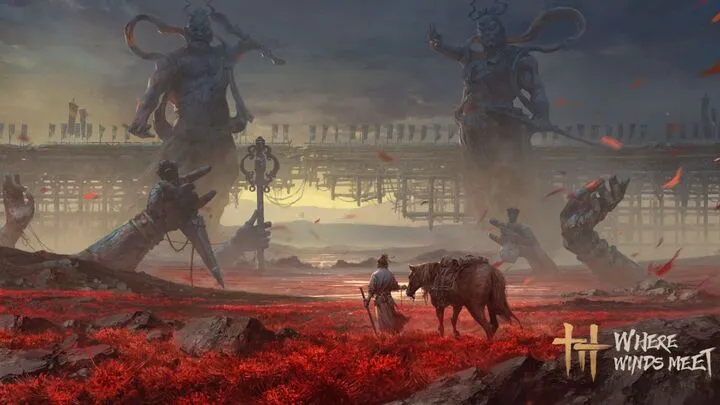
Vast plains evoke the thrill of independence, yet ruins of fallen cities whisper the consequences of abandonment. Mountain peaks invite the player to stand above society’s turmoil, yet war-torn roads drag them back into shared suffering. The world itself becomes a character—one torn between longing for peace and the pressures of survival.
Architectural Symbolism
Dilapidated temples represent the collapse of old duties.
Expansive wilderness represents the allure of personal liberation.
Environmental Storytelling as Philosophy
Wind currents shift between calm breezes and turbulent storms, mirroring the protagonist’s internal conflict.
4. The Protagonist as the Embodiment of Inner Conflict
The main character’s role in Where Winds Meet is deliberately ambiguous. Their origins are mysterious, their motives malleable. This lack of strict definition allows players to project themselves onto a figure torn between two ideals.
Freedom motivates the desire to seek personal truth; duty compels the responsibility to confront injustice. The protagonist is not defined by one path but by the oscillation between paths. Their choices reveal a person wrestling with meaning.
Player Choice as a Mirror of Identity
When the player decides whom to help, whom to oppose, or whom to leave behind, they shape the protagonist's philosophical identity.
Ambiguity as Narrative Strength
By avoiding a rigid characterization, the game reflects the complexity of real moral decisions.
5. Political Upheaval as a Force Pulling Toward Duty
The chaotic historical context intensifies the theme of duty. With the Tang dynasty’s decline, every character faces fragmentation of identity—citizens become refugees, soldiers turn into bandits, and nobles cling to crumbling authority.
This environment transforms duty from abstract ethics into a visceral necessity. Without collective organization, survival becomes difficult. The game portrays duty not merely as moral obligation but as the glue that holds civilization together.
NPCs as Echoes of Responsibility
Interactions with refugees, scholars, or soldiers reveal how duty shapes ordinary lives.
Duty as a Response to Chaos
In a fallen empire, personal freedom becomes dangerous; only duty provides stability.
6. Martial Arts Philosophy as a Bridge Between Freedom and Duty
Martial arts in Where Winds Meet are more than combat mechanics; they are philosophical disciplines. Different schools embody different interpretations of balance, restraint, and intention.
A wandering swordsman may value the freedom of roaming and learning through experience, while a sect disciple may uphold strict laws to maintain tradition. Yet both philosophies require discipline, blending personal expression with responsibility.
Three Philosophical Martial Paths
- Wandering Blade – freedom through movement
- Shifu Disciple – duty through lineage
- Mystic Practitioner – harmony through self-cultivation
Combat as Moral Expression
Every move in battle reflects a worldview. Aggressive styles reflect personal will; defensive techniques reflect protective duty.
7. Companionship and Relationships as Anchors of Duty
Although the protagonist begins alone, they gradually form connections. These bonds deepen the theme of duty—not as an imposed burden, but as an emotional tether.
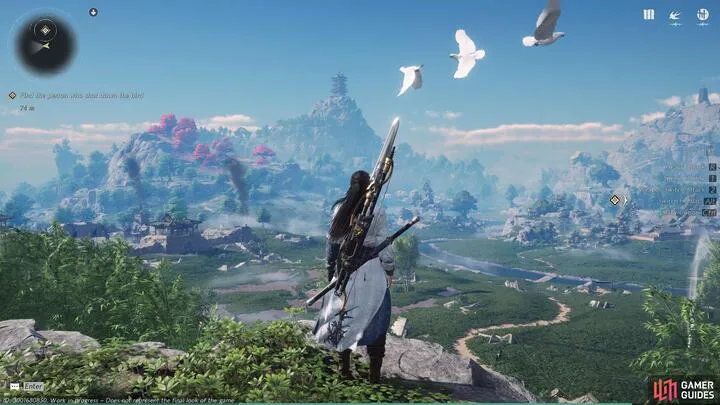
Relationships transform freedom from independence into interconnectedness. Friends, allies, and betrayed companions all reveal how people define themselves not in isolation but through others.
Bonds That Shape Destiny
Characters may depend on the protagonist, creating obligations that reshape their path.
Duty as Emotional Responsibility
The protagonist may act not out of moral duty alone but out of empathy, loyalty, or affection.
8. The Temptation of Absolute Freedom
There are moments when the game offers opportunities to detach—to reject obligations, ignore suffering, and return to the wandering ideal. This temptation reflects the Daoist ideal of escaping worldly entanglements.
Yet, unlike pure Daoism, the game shows that absolute freedom can become self-centered or even destructive. Isolation erodes empathy. Without duty, the world collapses into individualistic chaos.
Solitude as Seduction
The beauty of untouched landscapes tempts players to withdraw from conflict.
Freedom Without Connection
The game subtly warns that freedom becomes hollow when it abandons humanity.
9. Duty Without Freedom: The Path to Corruption
In contrast, the game demonstrates how excessive duty—loyalty without question, obedience without thought—can devolve into tyranny. Many antagonists symbolize the corruption of duty, enforcing order at the expense of life.
These characters reveal the darker potential of duty: the erasure of individuality, the crushing of dissent, the weaponization of responsibility.
The Villain Archetype of Rigid Obligation
Several characters embody duty twisted into oppression, showing the dangers of unbalanced morality.
Duty as a Mask for Control
When duty becomes authoritarian, it no longer preserves harmony—it destroys it.
10. Where Winds Meet: The Convergence of Destiny and Choice
In the final synthesis, Where Winds Meet demonstrates that neither freedom nor duty is complete alone. The protagonist learns that true identity emerges from choosing when to wander and when to commit, when to pursue the horizon and when to stand firm.

This balance reflects the game’s title: the place where winds meet, the meeting point between individual will and collective responsibility. The player becomes the bridge between chaos and peace, selfhood and society, desire and obligation.
The Winds as Metaphor
Freedom is the wind that pushes outward.
Duty is the wind that pulls inward.
Where they meet is where identity forms.
The Player’s Final Philosophy
By the end of the game, the protagonist is neither a purely free spirit nor a bounded servant of duty—they are something richer: a unified soul shaped by choice.
Conclusion
Where Winds Meet is not just a wuxia adventure; it is a philosophical text disguised as a game. By placing players in a world torn between chaos and tradition, it forces them to confront the complex interplay between freedom and duty. Freedom provides expression, creativity, and the power of self-definition. Duty provides structure, connection, and a sense of purpose.
The game’s brilliance lies in refusing to reduce this duality to a simple moral answer. Instead, it presents a world where the two winds continually collide and reshape one another. Through landscapes, characters, combat philosophies, and political turmoil, Where Winds Meet teaches that true identity forms not in choosing one path, but in navigating the restless and transformative space between them.









